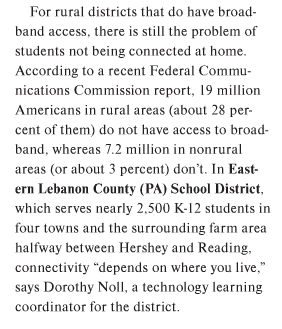WOWs from 2011
Happy New Year! (See my Geogreeting* to you)
This time of year, everyone offers carefully studied retrospectives, the “Top Ten” this or that from the past year. I see so many amazing sites every year that I could never choose a top ten. Instead, I offer this random, personal collection — just some of the many visual, interactive sites that intrigued me for more than a moment during 2011, at least long enough to say, “WOW!”
TeachersFirst reviews them — so I don’t need to explain them further. My job lead me to find these WOWs among the 714 Featured Sites on TeachersFirst during 2011. [Actually, one was featudurian late 2010, but it remains a Tip Top Fav of mine.] On any given day, I could close my eyes and click on a dozen or more from among the Featured Sites archives and experience the same “WOW!”
How fortunate I am to have a job where I experience WOW every week.
———————-
Random, personal WOWs from 2011 – in alphabetical order. (The titles within reviews are links to WOW.)
60 sec recap (review) Definitely ad-heavy, but the concept is great. I once had a hilarious cassette tape of literature classics in two minutes, including Hamlet, but this is even better. Makes me want to create my own or do one with a group of gifted kiddos.
Exhibition Monet (review) Breathtaking. Steep in it.
Foldplay (review) Put anything in a visual container, even abstract concepts and experiences. This is the way I think.
Font de Music (review) Because music and words make poetry together.
Gettysburg Address (review) I live not far from Gettysburg and find this speech moves me more and more as I grow up. I think I finally am starting to get it.
Google Search stories (review) * actually from 2010, but an all time fav. I find myself imagining new stories while sitting in traffic or waiting rooms. This should be an app for my phone.
Information is beautiful (review) The title says it all.
Instagrok (review) I love learning new things, and Instagrok invites me in.
Newscred (review) Learn and read just what I want. To think I used to have to ride my bike two miles to experience this wave of knowledge in the stacks of the public library when I was a kid.
Spicy Nodes (review) As I have said many times, I am a visual person. Concepts = images. Cool.
TeacherWall (review) Morale booster! Not only do I see great teachers. I also feel our profession lifting up and taking me with it.
Virtualswim (review) OK. I like to swim. I think under water. This one is just for me. Aquaphobes, stay away.
Wondersay (review) Because message is about both words and visuals. See a poem.
Yulia Brodskaya (review) I love art, and visually rich sites lure me in for hours. This one is striking.
*The tool that made my greeting above is reviewed here.









 every American.
every American.

